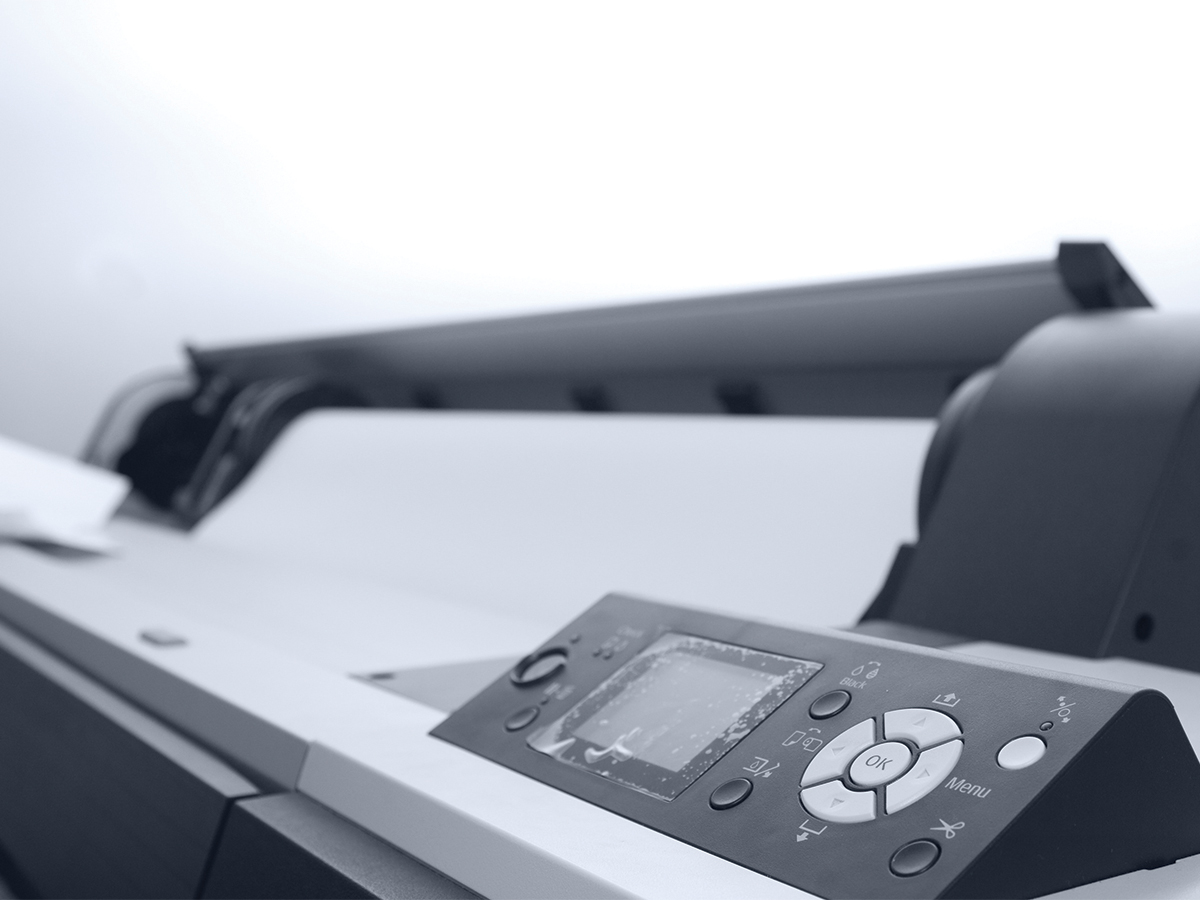
Over this summer, UCR’s Information and Technology Solutions (ITS) plans to implement cloud printing kiosks across campus to allow students to print from their devices from any location using software developed by WEPA. ITS also plans to test a virtual computer lab through which students could check out laptops from portable stations.
The project is headed by Danna Gianforte, Associate Vice Chancellor for Computing and Communications and Chief Information Officer. “With this new printing solution, it definitely has more features like being able to print directly from the kiosk,” she told the Highlander, as well as other capabilities like “being able to print directly from Google and other cloud vendors, (including) iLearn.” Gianforte said that students could “print from any device from anywhere to any of the 15 machines across campus.”
Cloud printing software from WEPA would allow people to queue items they need to print from anywhere, including home, as they can access storage spaces such as Google Drive through the kiosks on campus. Students or employees could then log in to the machines and print with greater capabilities than currently available, such as in color. “In order to implement it, however, cooler things cost more money. It costs almost four times as much as our current solution,” said Gianforte. “The way to account for that is if we change the student printing quota.”
This project is being undertaken in response to student surveys which revealed concerns over printing. According to the Director of Campus Support and Assessment Sam Robbin, “You see lines out the door. What we’re really trying to do is decrease those lines and increase the functionality for students around campus.”
The current printing model allots 300 black and white, one-sided pages per quarter per student, which equates to a quarterly cost of $3.50. The new allocation method would give students 100 pages with color and double-sided printing capabilities per quarter at a cost of $7.00. This new printing system would “open up the ability to print front and back which would lower the allocation, then you could get more,” said Gianforte, adding that students will now “have the opportunity to print color.”
ITS hopes to fund these projects without greatly affecting student cost, even if they change the way printing is allocated, from page limits to dollar amounts. According to Gianforte, “Less than 14,000 (of 21,539) students actually print at all. Of those who print, 84 percent print less than 100 pages per quarter. The average student prints about 97 pages per quarter.”
According to a focus group examining the printing habits of seven students, only two printed over 100 pages per quarter. This data, along with student survey results, has prompted ITS to move towards this new WEPA system which ITS hopes will alleviate some of the burden of overcrowding that students face when printing during busy times such as finals.
Another issue with the current model of printing is security. “It’s a whole lot safer for the students if they’re printing confidential information because they’re right at the kiosk when it prints,” says Robbin. The new system would ensure that the only person handling printed materials would be the printers themselves.
The other ITS pilot project taking place in the near future is a virtual computer lab through which students could check out laptops to use on their own time. These “laptop checkout vending machines” would allow students access to computers on campus even after on-campus computers become unavailable, such as when libraries close. This may also free up current computer lab spaces to be used as classrooms.
“There’s going to be 30 devices within one kiosk. There’s 12 Dells, there’s 12 MacBooks, and then there’s 6 Chromebooks,” said Robbin. “They’re high powered machines with the lab environment already on the PCs.” Students could then check out laptops to use just like they would a computer in the lab, only portable.
The Student Services Fee Advisory Committee approved the reallocation for these projects. Since both services are funded by the student technology fee, Gianforte said that she would “like to get broader feedback from students”. The projects will be gradually implemented either over the summer or in the fall.
To help provide feedback, follow this link: http://goto.ucr.edu/wepasurvey








